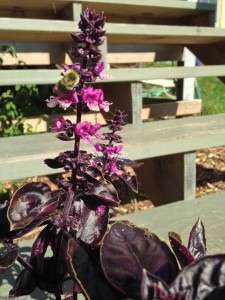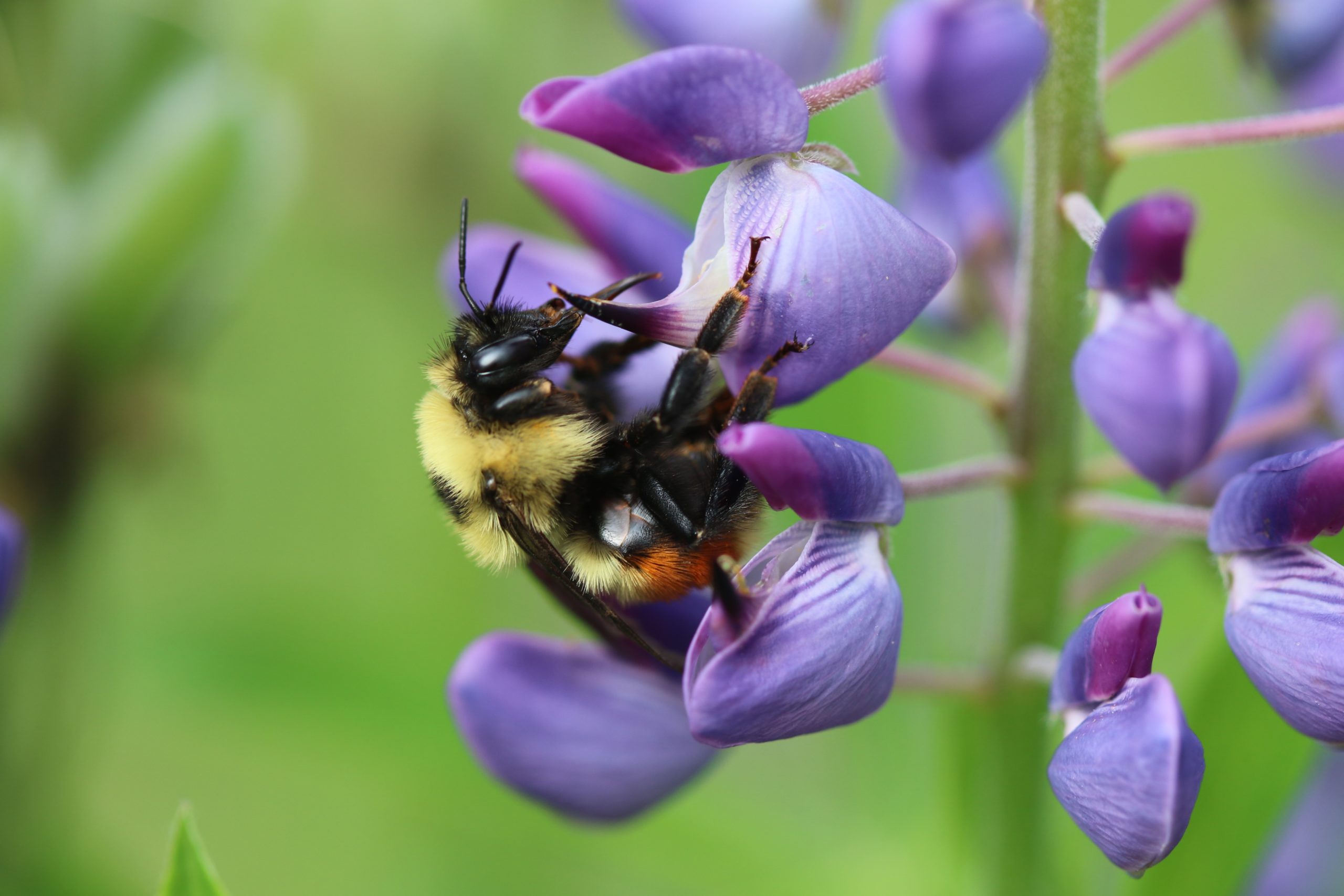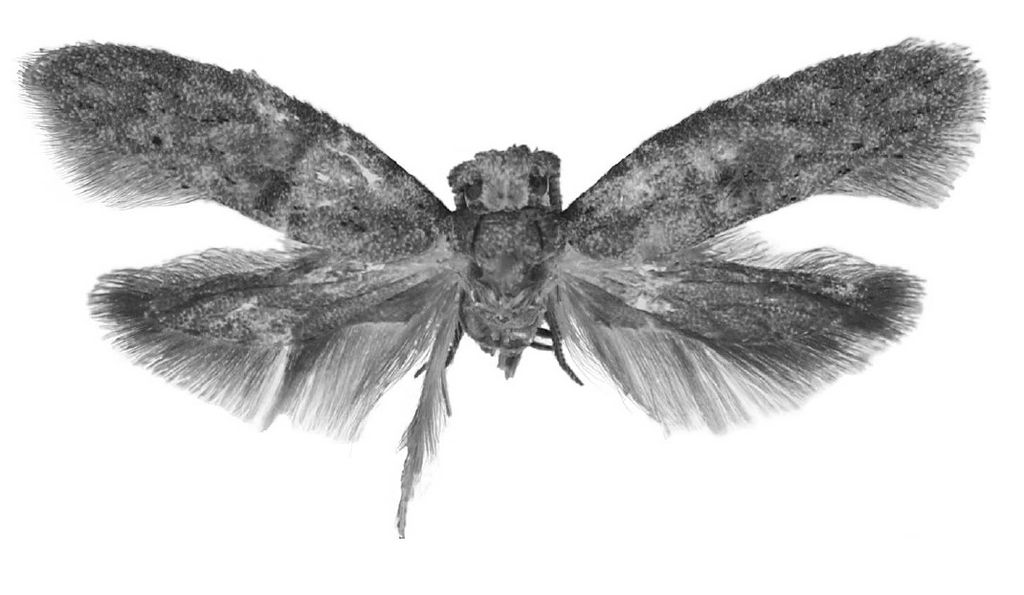Bees are by far my favorite insect. I love hearing them in the fruit trees in the front of my house, or watching them crawl across a dandelion on the lawn. Part of the reason why I love to see and hear bees around my house is because I know they are providing an essential service – pollination.

Anatomy of the Honey Bee
Honey bees are insects in the family Hymenoptera, which also includes wasps and yellow-jackets. They have compound eyes, antennae, six legs and mouth parts just like many other insects. But bees are distinguished from other species of flying insects by several features. Perhaps the most notable feature of bees and their relatives is the very small “waist” that separates the thorax from the abdomen. The small “waist” is accompanied by 2 sets of wings, a forewing and a hindwing, that are connected to each other by very small hooks on the edge of the wing. Honey bees also have stingers, which are used for defense, and wax secreting glands on their abdomens that are used to build wax combs. Bees are able to carry pollen because of small leg hairs that collect pollen, and the pollen basket, a depression on the outside of the hind legs where pollen is collected after being packed into a ball-like structure. For the important process of honey production, bees have a separate honey stomach, a sac where nectar from flowers is fermented and mixed with beneficial bacteria before it is packed into a comb to become honey.
Pollination
When you walk into the super market and see rows and rows of fruit and vegetables that is all thanks to the bee. When a bee goes out on a flight to collect honey, they leave some of the pollen they have already collected behind at each flower they visit, which allows plants to produce fruit that many organisms get to enjoy. There are other types of pollinators – flying insects, spiders, natural forces like the wind – so if you walked into a grocery store in a world with no bees, there would still be some vegetables on the shelf, but there wouldn’t be very many and they would be very expensive. People who grow their own food wouldn’t be able to depend on their own crops to pull in a harvest that would feed their families, either. A world without bees would be a very difficult place to live, indeed.
Caring for Bees
Bees today face many threats to their health, both in the form of diminished wild habitat and increased use of pesticides by farmers. As a result, the total population of bees in the United States has been dropping rapidly over the past decade. Some people try to help keep bee populations up by building moveable hives, either for their own homes, or to rent to farmers in other places. While many still think of beekeeping as an activity or livelihood taken up by people in rural locations, urban centers can also benefit bees! There is a whole new movement for urban rooftop bee keeping. Many hotels will rent hives to keep on their roofs, especially if they have a rooftop garden. The bees help keep the garden healthy and the business helps support the bee population.
~
Like most organisms on this earth, bees are something humans cannot live without. Although the fields and orchards where our foods grow may seem very far away, supporting a bee population in the city will ultimately help increase the bee population. After all, it takes a hive to make a hive!




